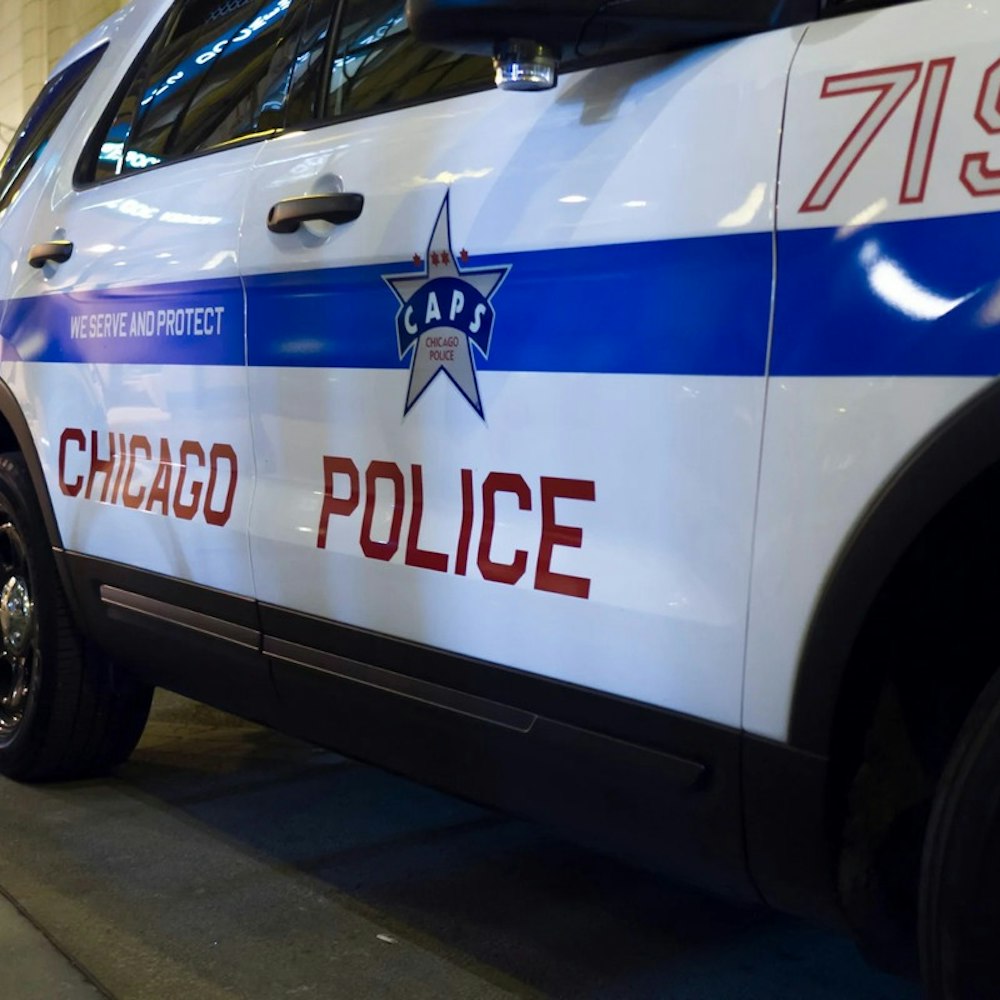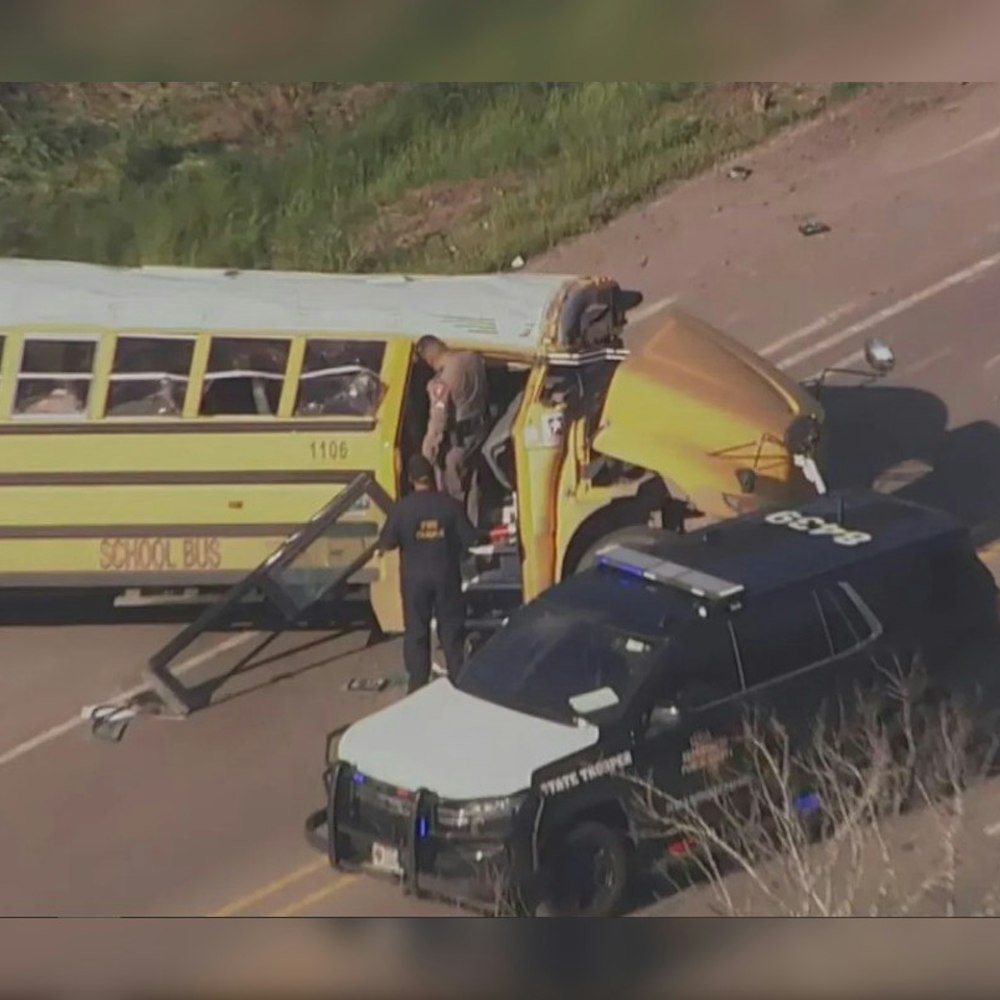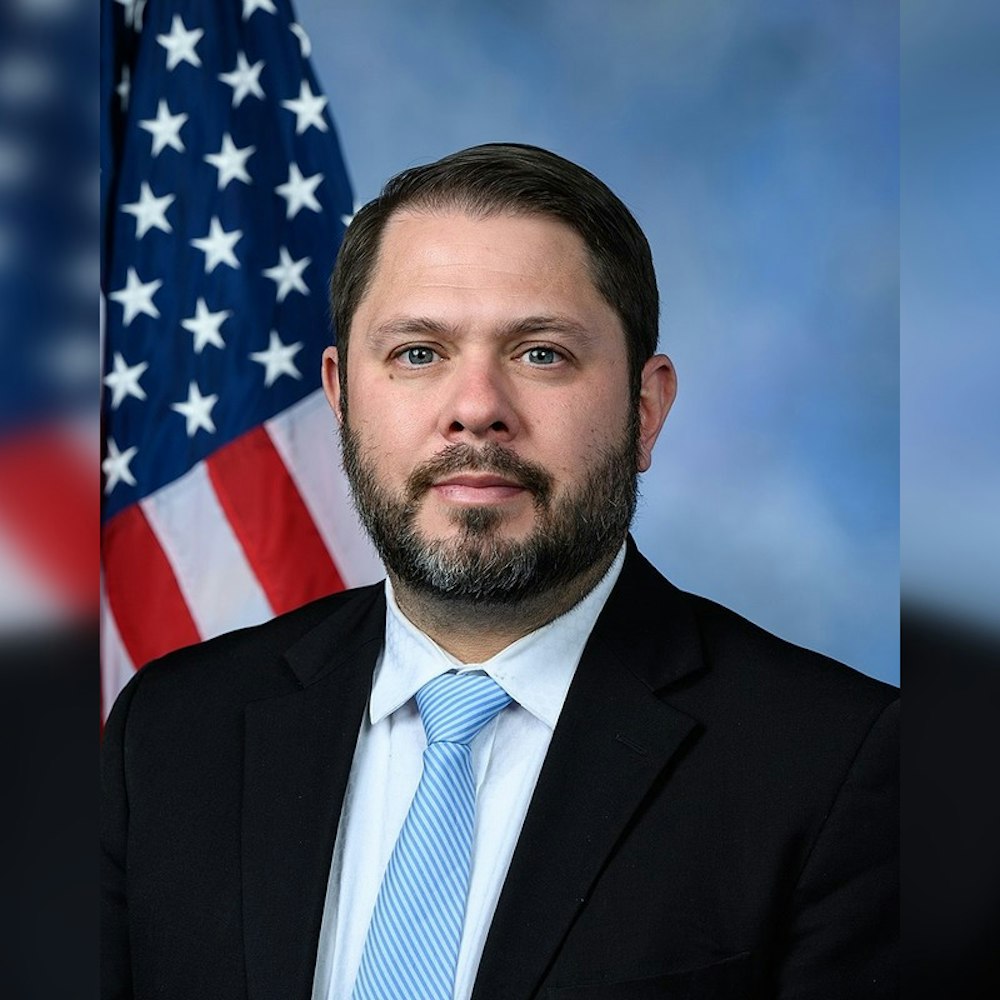
Neighbors out for essential errands and shelter-in-place strolls are likely getting tired of seeing the same surroundings every day.
So a group of San Francisco historians is finding a way to brighten their days: posting printouts of historical photos of the city, at the same intersections where they were once taken.
The guerrilla poster project is being spurred by OpenSFHistory, a collection of nearly 50,000 historical images of the city that were donated to the Western Neighborhoods Project (WNP).
Best of all, anyone can participate: an online map lets you search for your street, then print out vintage photos of nearby intersections to tack or tape to telephone poles. The posters have information on when the photo was taken, and a QR code to learn more about each photo's history and context online.

The OpenSFHistory collection includes photographs from the 1850s through the 1970s. They spotlight infrastructural improvements, residential and commercial architecture, the fallout from the 1906 San Francisco earthquake and fire, prominent San Franciscans and informal street scenes and snapshots of daily life.
The idea for posting them outdoors was entirely grassroots, said David Gallagher, a WNP director. In a blog post, he explained that he got the idea when he saw Twitter posts of photos from the collection printed out and posted in windows and on telephone poles.
"I think people are craving human contact and connections," Gallagher tells Hoodline. "I see it in teddy bears and posters in people’s windows."
Getting OpenSFHistory's pictures out into the streets "has been a goal of mine for years," he says. But the prospect of creating posters manually and putting them up all by himself felt too time-consuming to have any real impact.
Instead, Gallagher built a download button for the photos on OpenHistorySF's website. Now, neighbors can head out and put up posters in the surrounding area, "as part of my guerrilla history street team," he writes in his blog post.

The OpenSFHistory project has always had a grassroots component, relying on volunteers who sort the pictures and on members of the community who add descriptions and identifications.
"We can't do this alone," says WNP executive director Nicole Meldahl. "Nor should we."
While it helps to be detail-oriented and conscientious in approaching a historic image, "you don't have to be an academic to tell a story, and you certainly don't have to be a historian to practice public history," Meldahl says.

Meldahl says she thinks "the best way to understand photographs is by showing them in situ."
"It's just mind-boggling to stand at an intersection filled with homes or businesses that look like they've been there forever, and see it was once covered in sand dunes, like in the Sunset, or that there were cows grazing through open fields, like in the Richmond District."
She adds that the project is also intended for those who might not have access to a computer or the internet.
"I worry that people who aren't online are having a harder time distracting themselves from the oppressiveness of this moment," she says. "But David has allowed people with a computer and a printer to share cool, fun history with people who don't have access to the same."

In a pivotal moment in our own history, Gallagher hopes he's giving San Franciscans "something new to discover about their own neighborhoods."
"History provides critical context to our lives," he says.









